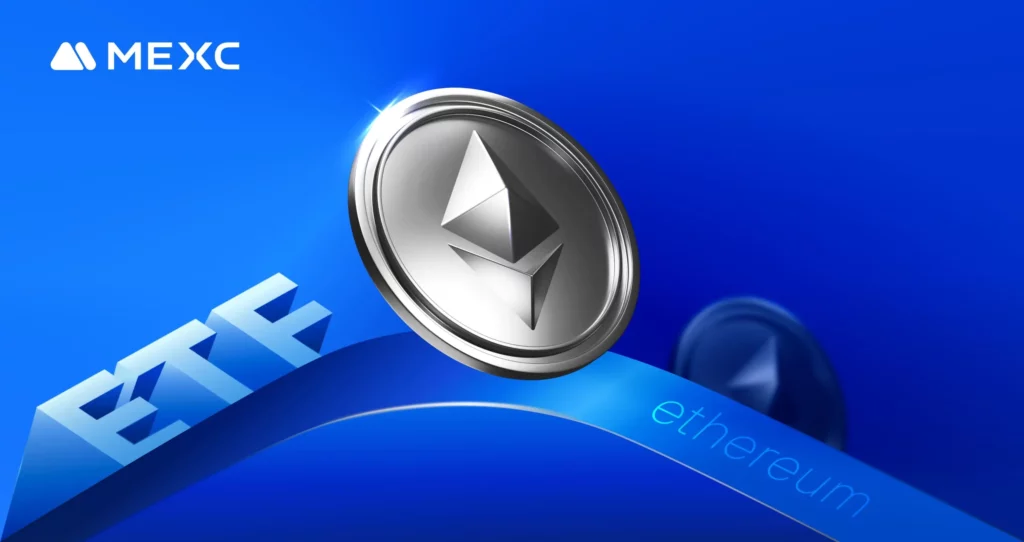Polygon has officially unveiled their latest creation, the new Polygon token (POL), sparking intense debates and questions across the cryptocurrency sphere, primarily about the fate of the well-known MATIC token.
On October 25, the announcement dropped, unveiling the Ethereum contract for POL, dubbed the “Polygon Ecosystem Token.” But what does this mean for MATIC?
The creation of POL on October 25 at 9:06 am UTC marks a bold move from Polygon Labs, aiming to revolutionize the ecosystem. With POL set to power a comprehensive array of zero-knowledge based Layer 2 chains, Polygon is betting big on this new asset.
It introduces a “re-staking protocol,” enabling token holders to stake across multiple chains and perform a variety of functions.
The Dawn of a New Era: Polygon 2.0
This new token isn’t just a standalone project. It’s a gateway, a crucial piece in the expansive puzzle of the Polygon 2.0 roadmap. With POL now in play, the doors are wide open for a slew of advancements.
We’re talking about a fresh staking layer for the Polygon ecosystem, the transition of the existing PoS network to zkEVM layer-2, and the inception of a shared liquidity protocol for all networks within the Polygon umbrella.
Yet, amidst all this progress and innovation, the team at Polygon is sending a clear message: don’t rush to swap your MATIC for POL.
The old token isn’t obsolete – far from it. MATIC is still very much in the game, being used for staking on both the Polygon PoS and zkEVM networks.
All those gas fees on the PoS network? Still MATIC’s territory. The developers, users, and validators can hold onto their MATIC, as there’s no need for an exchange – not just yet.
A New Token, A Familiar Battlefield
June 29 was a pivotal moment for Polygon Labs, marking their announcement of the development of a brand new layer-2 ecosystem, aptly named Polygon 2.0.
Fast forward to September 14, and the team took it up a notch, announcing that Polygon 2.0 would operate with a fresh token: POL. However, back then, POL was merely a proposal, an idea yet to be actualized on Ethereum.
In this bold move, Polygon is not just setting the stage for its own evolution but also stepping into an arena of intense competition.
With plans to use zero-knowledge proofs for validating transactions across networks, Polygon is locking horns with Optimism Labs and their Optimism ecosystem, which relies on optimistic rollup technology for network security.
So, what’s the bottom line? Is MATIC being ushered out, making way for POL? Not quite. Polygon is playing a strategic game, introducing POL as a vital part of a much larger and more intricate plan, the Polygon 2.0.
While POL takes the spotlight, powering a new era of Layer 2 chains, MATIC is not being left in the dust. It remains integral to the ecosystem, at least for now.
The introduction of POL is a step towards the future, a future where Polygon is not just a player but a dominator in the world of blockchain and cryptocurrency. But for MATIC holders, the message is clear: stay put, the game is still very much on.





